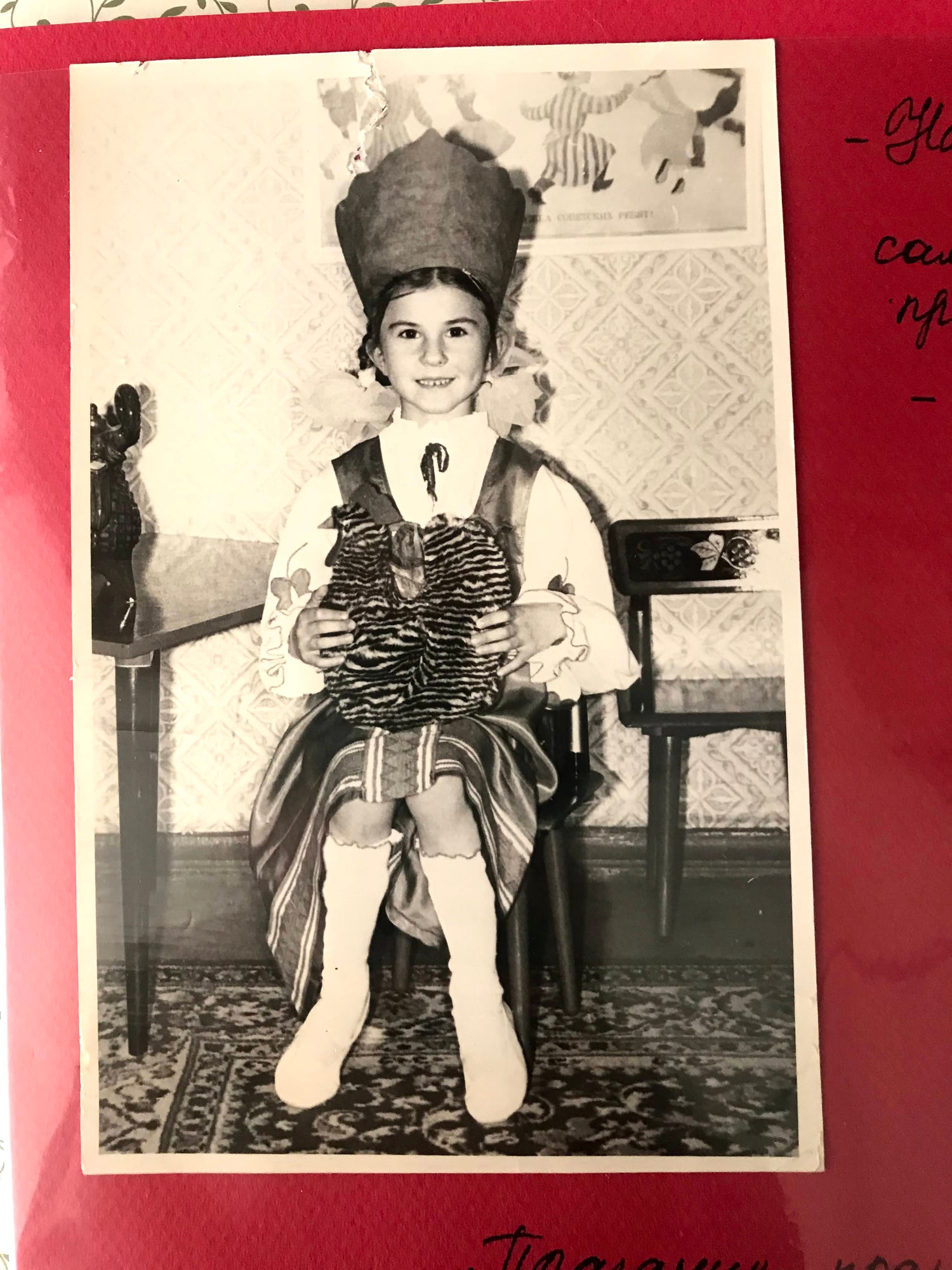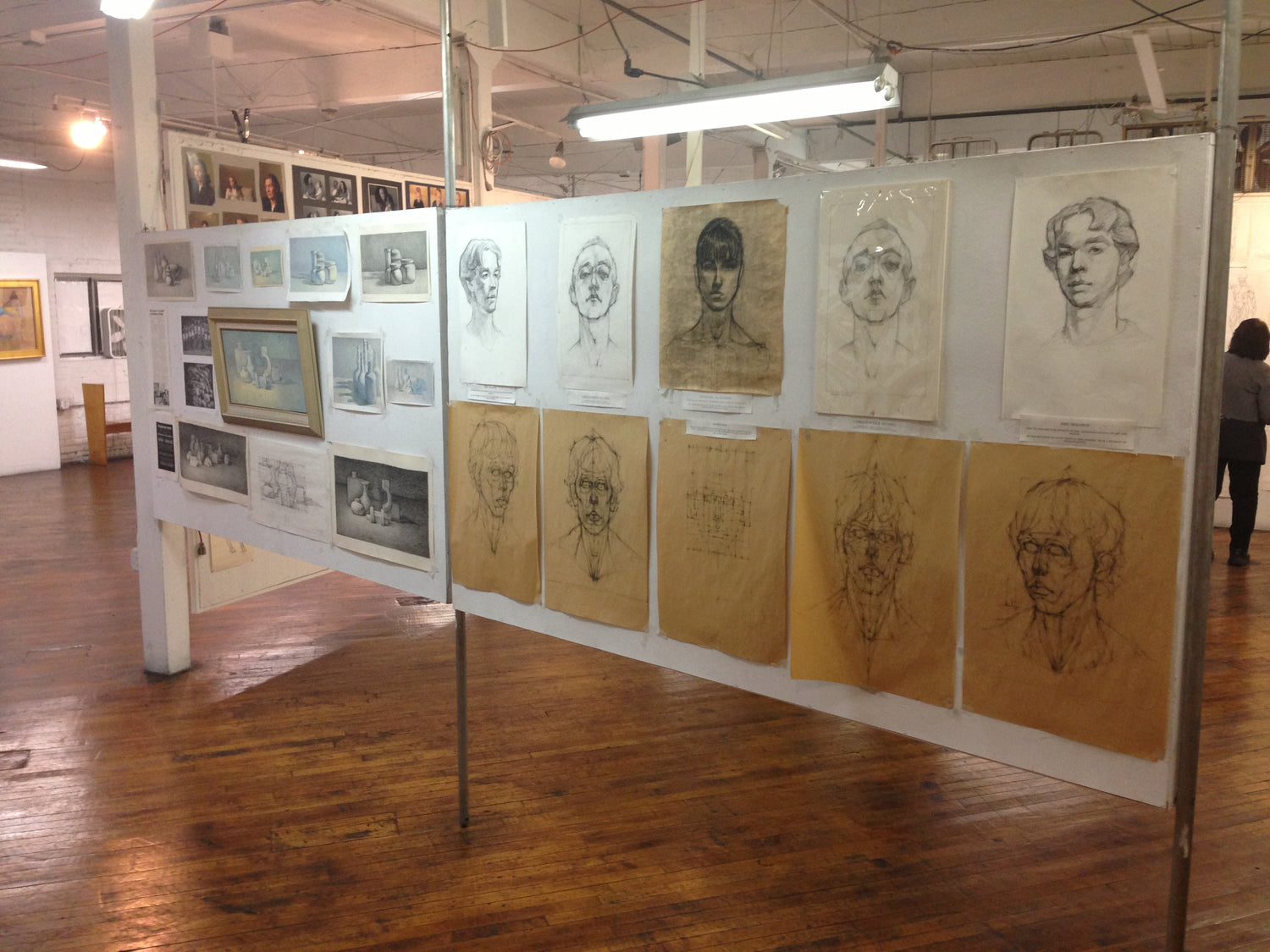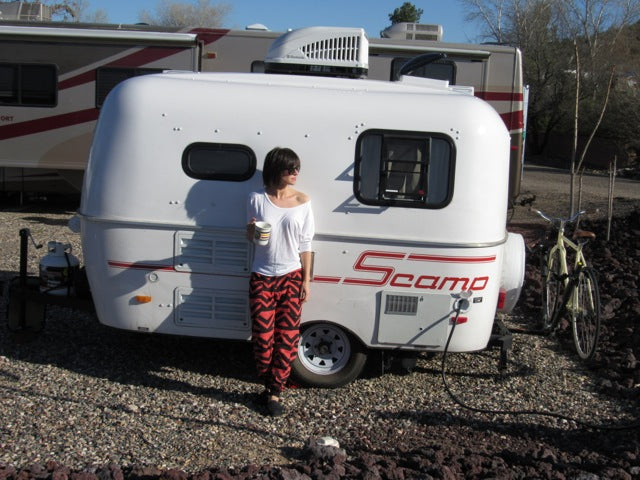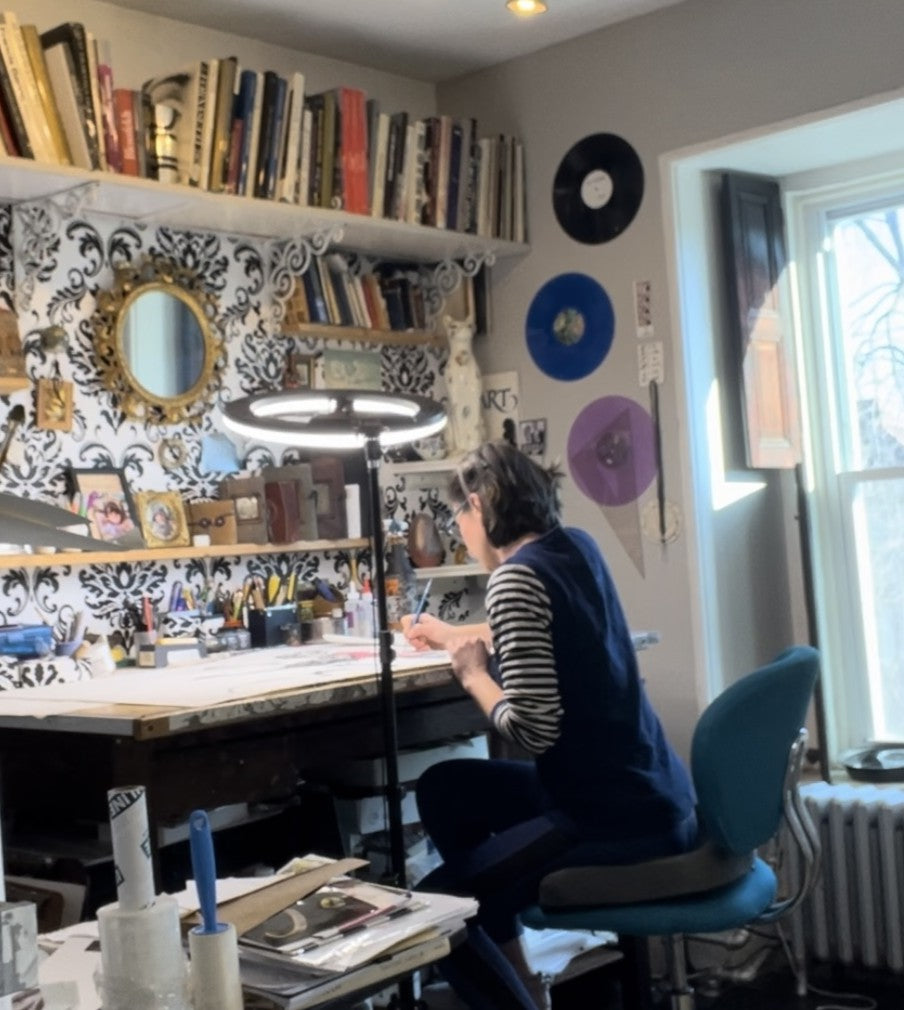
“I was born in Kharkov, Ukraine, where I first held a pencil. Since then, I’ve never let go.”
Some of my earliest memories are of drawing—sitting quietly with paper, letting the outside world fall away. I came to America when I was five. And even then, even before I could speak the language fluently, I knew how to communicate in lines.

I studied at Barnstone Studios beginning at age ten—returning every summer, year after year, seeking something that felt like truth. There, I drew bottles until they became second nature, copied master drawings until my hands understood their rhythm. It was classical training, yes—but it was also a kind of unspoken devotion. I learned discipline. Structure. Reverence.

Later, I attended the Pennsylvania Academy of the Fine Arts, where I fell deeper in love with charcoal. There’s nothing like it—just dust and pressure, like breath pressed into paper. It’s stubborn, honest, and unforgiving, and that’s why I trust it. Drawing with charcoal is a conversation you can’t fake.

For twelve years, I lived on the road, selling my work at art festivals across the country. I built tents in the rain. I hung drawings in desert winds. I shared stories with strangers who became collectors, and collectors who became friends. I sold art to pay for gas to the next town. It was beautiful, raw, and often unsustainable.
And then I got sick.
The kind of sick that brings your whole world to a stop.
I was eventually diagnosed with uranium poisoning, heavy metal toxicity, mold, and Lyme. For a long stretch, I couldn’t walk without pain. I couldn’t draw. I couldn’t do anything. But slowly, with time, treatment, and a kind of spiritual unraveling, I began to return. Different—but still me.

Now, I create from a place that holds all of that—discipline and wildness, training and instinct, grief and rebirth.
My work is layered, both literally and emotionally. Some pieces are pure charcoal, made one breath at a time. Others are reimagined prints—transformed with wax, oil pastel, gold leaf. They’re not meant to be decorative. They’re meant to be felt.
This is my life’s work. Not just the drawings—but the act of choosing to keep going. Of building form from dust and pressure—one line at a time.
“I’m bringing back the pencil—one line at a time. There’s something enduring, something deeply human, about the slow devotion of charcoal on paper.”
Anastasia Alexandrin
